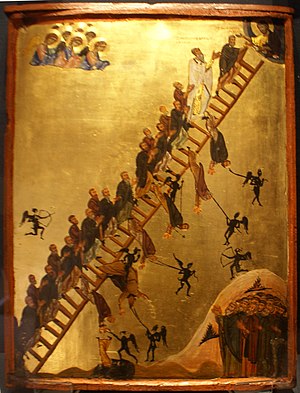This post begins a collection of quotations from ancient Jewish literature illustrating the a form of Jewish thought not so familiar with those of us whose knowledge has rarely extended beyond the canonical literature. Divine figures bearing the name of God appeared in human form on chariot thrones, and holy men of old like Adam, Abel, Abraham and Jacob were said to be divine and even archangels themselves. The notes are taken from Alan F. Segal’s Paul the Convert, but many of the quotations themselves are copied from online or other sources.
The human form of God was an important idea in Jewish merkabah mysticism. An “angel of the Lord” in the form of a man yet who represented or bore the “name of God” was said to have led Israel through the wilderness (Exodus 23:21); and a human figure appeared seated on the divine throne in Ezekiel 1, Daniel 7 and Exodus 24. All of these figures appear to be mediator figures who embody the sacred name of God (YHWH) himself.
This figure, elaborated on by Jewish tradition, would become a central metaphor for Christ in Christianity. (p. 41) Continue reading “Divinities appearing like men and men appearing like gods”


